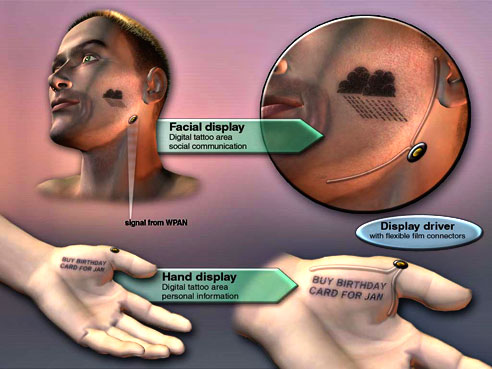Roger Fidler, an interview

As stated in his official bio at the Kent State University ROGER FIDLER is a professor in the School of Journalism and Mass Communication at Kent State University. He worked in the newspaper business for more than 34 years (21 years with Knight-Ridder, Inc.) as a journalist, designer, technologist and executive, and has been actively involved in new media development since 1979.
Prior to joining the Kent State faculty in 1996, Fidler served as Director of New Media for Knight-Ridder, Inc., and headed the company’s Information Design Laboratory in Boulder, Colorado (1992-1995). He founded and headed two successful companies — Knight-Ridder Graphics Network (now Knight-Ridder/Tribune Graphics), the first computer-based news graphics service (1983-1987), and PressLink, the first global intranet for the newspaper industry (1985-1991). He also was a key member of Knight-Ridder’s videotex development team, and served as the first director of design for the company’s commercial service known as Viewtron (1979-1983).
I recently interview him for a news article about news devices. Here is a sample of the email interview with him:
More than 20 years after you first visualize the idea of tablet newspapers, do you see it finally coming to a reality?
I wrote the article and created mockups of a magazine-size mobile reading device and digital newspaper in 1981. In that article I predicted that in the year 2000 online media (then we called it videotex) would become commonplace and that mobile reading devices suitable for reading digital editions would emerge. In my book, "Mediamorphosis: Understanding New Media" (Pine Forge Press, 1997), I predicted that mobile reading devices would become commonplace by the year 2010. I still believe that is possible.
Tablet PCs and eBook readers have helped to make people more aware of digital books and periodicals, but the devices are still to complex, expensive, heavy and power-hungry to use for casual reading. The E Ink display is the most promising technology available today. The Sony Reader and iRex Iliad are two examples of mobile reading devices with E Ink displays. Both provide a reading experience comparable to ink printed on paper -- they are simple, relatively inexpensive, lightweight and power-efficient (40-hour versus 2-hour duty cycles). Downside is they are only black-and-white (color is at least two years from being commercially available) and they cannot display video (the materials are too slow). I know of several other display technologies under development that can provide color and video, but I don't expect them to be on the market in less than 5 years.
Which are the main lessons from the eMPrint project?
There are lots of people who still enjoy reading a newspaper that is well edited and packaged. The eMprint editions seem to attract readers in all age groupings who are moving away from traditional print for a variety of reason, but do not find reading news in typical Web formats to be particularly enjoyable. We also found that the eMprint format appeals to advertisers because it can provide the display quality of a high-quality slick magazine while also providing the interactive, multimedia features of the Web in a mobile environment.
What can you say about the expansion of wireless networks, will this affect us deeply in the way we interact with media? (always on, always connected devices that will keep us always available for news feeds)
Wireless networks for low bandwidth communications are already pervasive.
Broadband wireless services will remain spotty and expensive for sometime. They have already created a great expectation of instantaneous, personalized news and entertainment that can be accessed anytime, anywhere and anyway.
However, I believe downloaded news and entertainment products will grow in popularity, especially for people who are highly mobile. These scenarios will obviously affect the way we consume news and all societies. How they will affect us is impossible to predict.
What do you think will best serve the purpose for mobile reading, a single use device for reading or a multiple use device (text, voice, music and camera)?
All digital devices will have multiple uses, but each type of device will be optimized for a specific purpose. Some will be optimized for telephony, some for music, some for viewing/listening, and others for reading. The differentiating features in most cases will be display size and resolution, complexity, and power consumption.
What lessons can the publishing industry take from the mobile phone industry, where everything has a fee, in its incursion into the table paper?
Newspapers will need to developed tiered pricing models for readers and
advertisers. Not sure if the mobile phone model will apply to newspapers.
In the newspaper industry, do you see a step forward toward popular acceptance of tablet newspapers with the expanding market of free daily newspapers and the now somehow established web newspapers? Or is it the opposite, a step back?
I believe the future of newspapers is digital. Free daily newspapers represent the industry's last-ditch effort to save their printing presses and distribution networks. They will help newspapers' bottomlines in the short term, but ultimately digital news products and mobile devices will trump mechanical printing.
Have you coined a term that keeps us out of using the word “paper” every time we refer to a newspaper? We need it!
We often continue to use words that no longer accurately describe something.
I still think we'll call digital editions newspapers for quite awhile. I don't have a better word in English.


